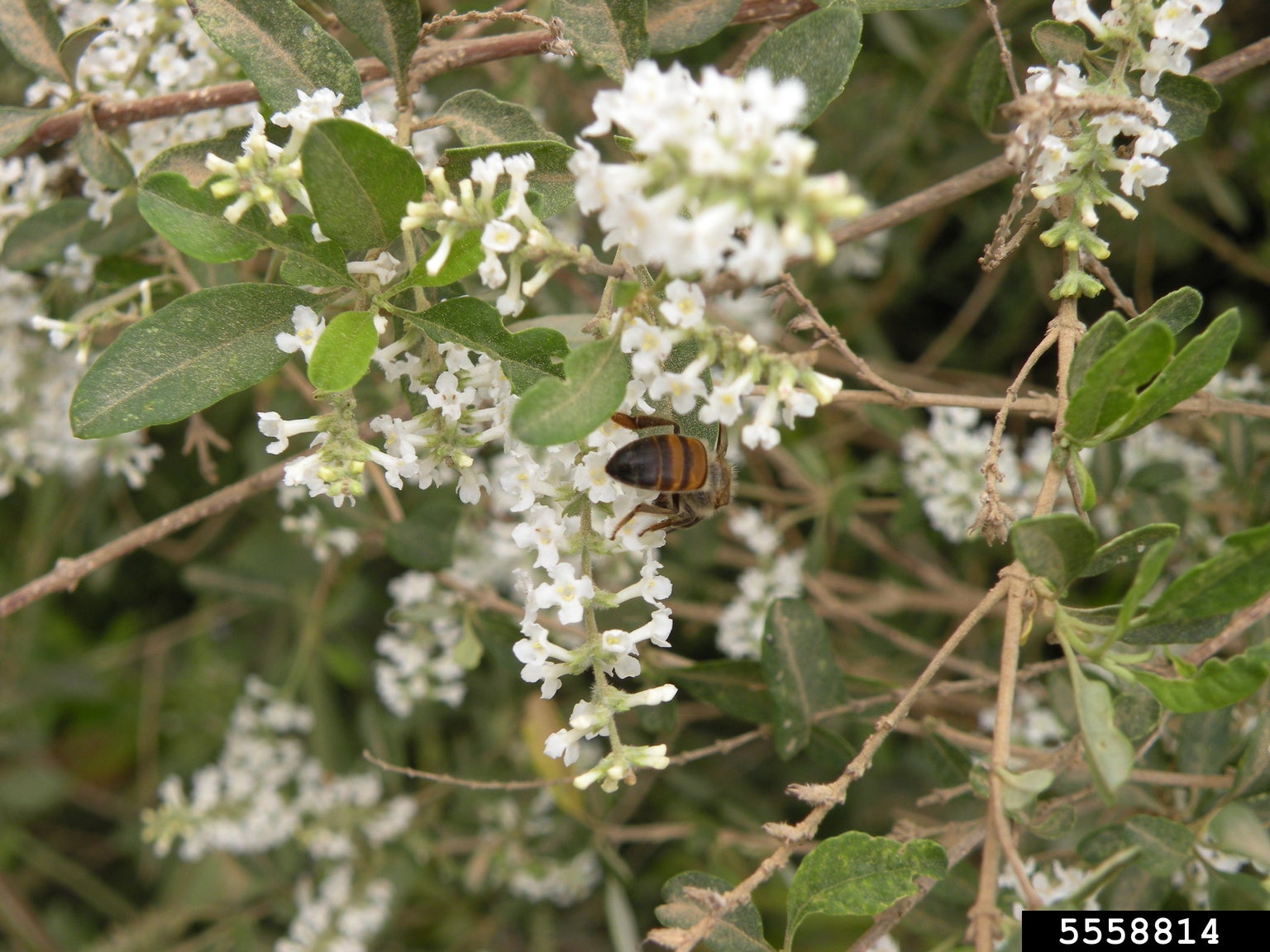What Is Beebrush: Learn How To Grow Whitebrush Plants


For many home growers, attracting bees and other pollinators to the garden is an important aspect of a productive season. While there are a variety of options in terms of attracting these beneficial insects, many opt for the planting of local, native perennial flowers.
These plants are prized for their ease of growth, adaptability to regional growing conditions, as well as their bloom time and dependability. Aloysia whitebrush entices bees with its strong vanilla-scented flowers, which are produced throughout the entire warm growing season.
What is Beebrush?
Before determining whether this plant is a good candidate for the yard, it will first be important to delve deeper into whitebrush information. Also known as beebrush or Texas whitebrush (Aloysia gratissima), Aloysia whitebrush plants are native to regions of Mexico and the southwestern United States.
These plants make an ideal perennial choice for growth in arid regions and for use in xeriscape lawns, as they have demonstrated noted tolerance to drought and direct sun. As its common name beebrush suggests, it is also considered a “honey plant,” as bees create a delicious honey from the nectar.
Reaching up to 10 feet (3 m.) in height, plants should be placed carefully. When given the right growth conditions, large plants may easily spread and/or outcompete surrounding plants. It should also be noted that the plant is toxic to some livestock and should not be allowed to grow near grazing animals.
How to Grow Whitebrush
Learning how to grow whitebrush plants is relatively simple, provided proper conditions are met. Hardy to USDA growing zone 8, plants can be obtained through a variety of means. Most commonly plants are started from seed. Seed should be collected in fall when pods have fully dried and turned brown.
The selection of a growing site will be a key to success with this plant. Aloysia whitebrush plants thrive in soil that is less than ideal. This includes those which are exceptionally dry, rocky, or otherwise unsuitable for other garden ornamentals. In fact, it is common for this plant to be found growing in previously disturbed areas. Beebrush plants will grow best in soil with low fertility.
Sign up for the Gardening Know How newsletter today and receive a free copy of our e-book "How to Grow Delicious Tomatoes".
Plants should be situated in a location which receives full sun, though they will grow in areas with part shade. It should be noted, however, that a decrease in sunlight hours may also lead to an overall decrease in flowering throughout the season.

Tonya Barnett has been gardening for 13 years. Flowers are her passion. She has transformed her backyard into a cut flower garden, which she regularly chronicles on her YouTube channel http://www.youtube.com/@tonyawiththeflowers.